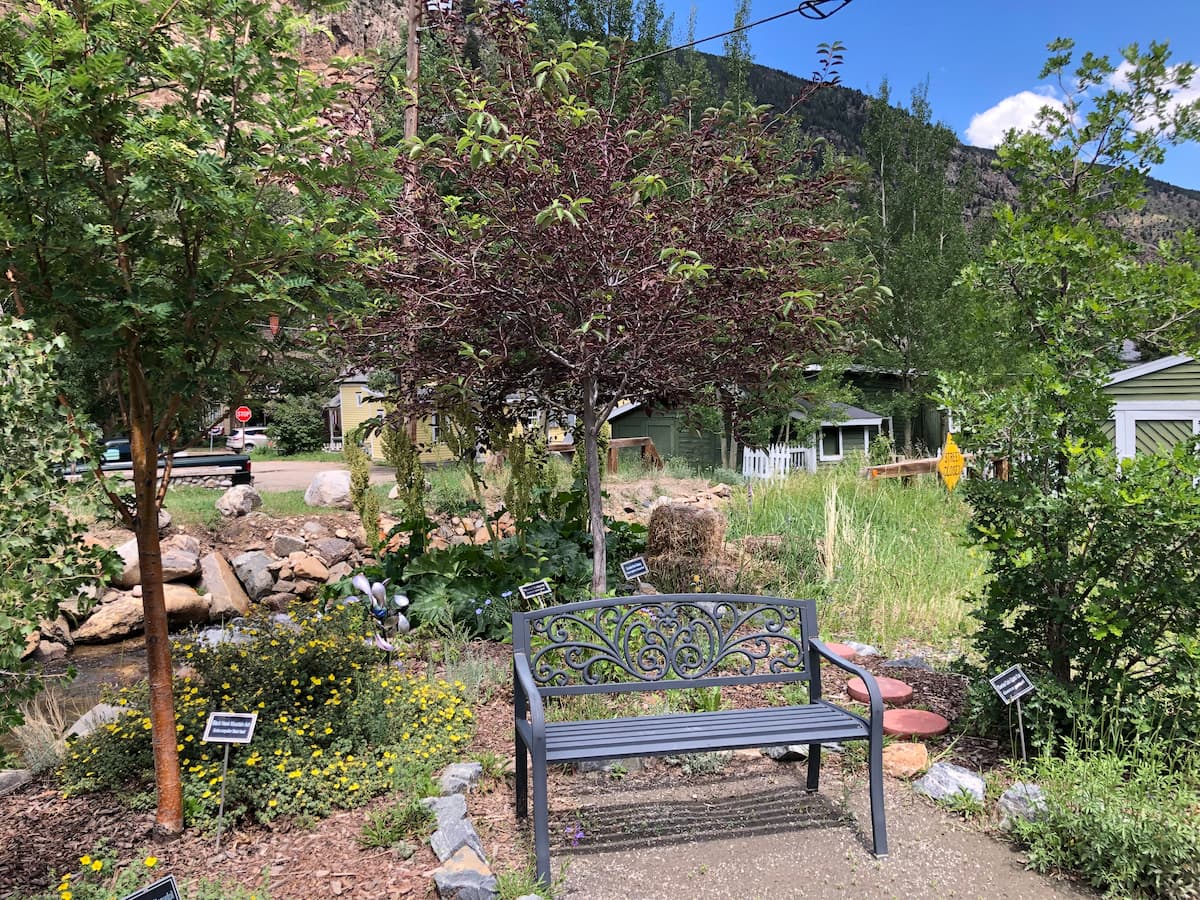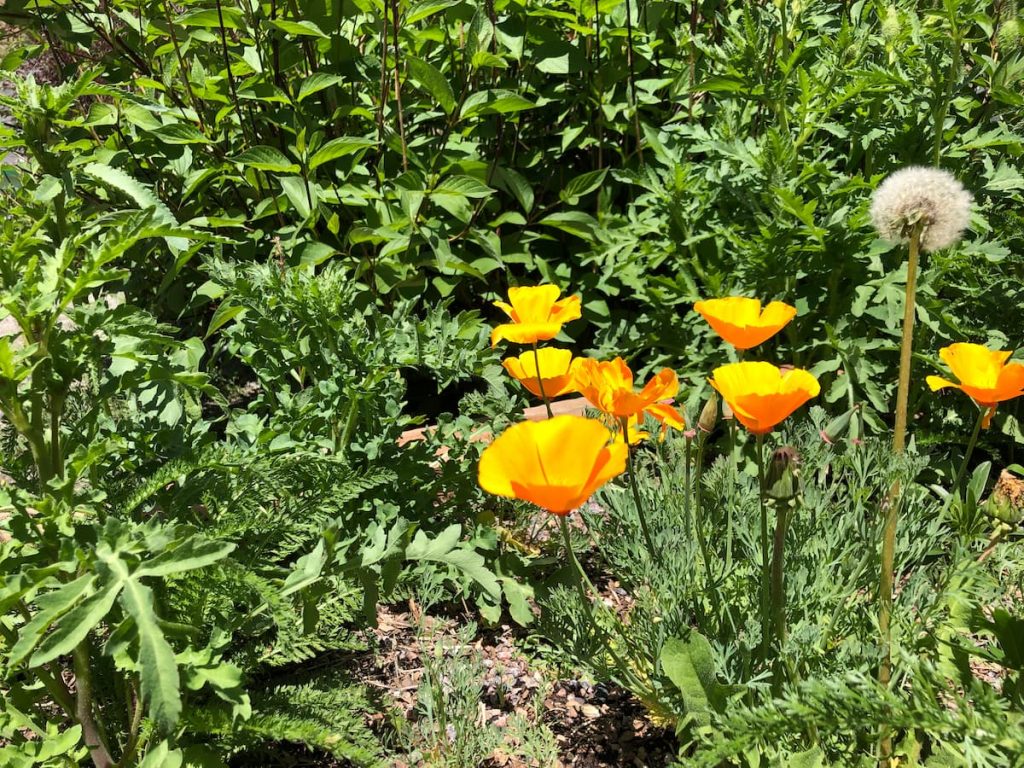
Dear Eartha, I’ve started putzing around my yard, gathering leaves, trimming trees and stacking branches. How does the free Summit County Chipping Program work? What should I do with the rest of my yard waste?
Kudos to you! By cleaning up the branches, leaves, and shrubs around our yards we are reducing the risk of wildfire in our mountain community. Even better? The Summit County Chipping Program helps residents with this task by providing free chipping and proper disposal for branches, logs and small trees. When it comes to leaves and other yard waste, you have the option to compost it locally. So as you continue your spring lawn care, consider creating two separate piles.
Pile one: Free Chipping Program
The Summit County Chipping Program accepts conifer and aspen branches, logs, and small trees. These can be up to 12 inches in diameter, and they must be free of nails and wire. Willows are not accepted — the high moisture content of these plants not only helps to slow the spread of fire, but the fibrous nature of willows also clogs the chipping equipment. Other no-nos include treated lumber, shrubs, fence posts, bagged leaves, grass clippings, weeds and tree stumps. As you prep your pile for pick up, keep in mind the county’s guidelines on what is accepted.
The free chipping program continues through the end of July. Check out the service area map to understand when the chipper will be in your neighborhood. Once your designated week arrives, materials must be out by 8 a.m. Monday. The chipper accepts nice, neatly stacked piles — of the correct materials, of course — that are set back 5 feet from the roadway. Having a properly stacked and placed pile is a must. Summit County’s chipping program webpage has resources to help you prep for pick up. This program provides a free and easy way to protect your home and your neighborhood from wildfire. Nice, right?
Pile two: All the other yard waste
Although the chipping program does not accept other yard waste like grass clippings, leaves, shrubs, and other garden debris, you can bring it all to the Summit County Resource Allocation Park, located at 639 Landfill Road, for composting. Keep in mind that noxious weeds should be trashed and cannot be composted — otherwise your good intentions will end up spreading these invasive species. The High Country Conservation Center’s website has details on pricing, accepted items and hours.
The best way to transport loose yard waste and slash is by using a paper bag. Once your paper bags are full, bring a trunk (or a truck) load to the resource allocation park. If you’ve got wood chips, landscaping rocks or good soil, see if someone else could use these items by offering them to friends and neighbors or posting to Facebook Marketplace.

The importance of proper maintenance and disposal
So, how does a little spring yard cleaning reduce the risk of wildfire? Let’s talk about defensible space — the area around a home where trees and other flammable vegetation are cleared or thinned to slow the spread of wildfire toward a building. Creating defensible space is critical to protecting homes in mountain communities like ours.
If your yard could use some serious wildfire mitigation work, consider scheduling a free defensible space assessment of your property. You can also explore Wildfire Mitigation Grants, which assist with removing dead trees, improving wildfire evacuation routes and more.
Once you clear all that material from your property, proper disposal is critical. When yard waste ends up in a landfill, it produces a powerful greenhouse gas — methane — which is 80 times more potent than carbon dioxide in terms of trapping heat and contributing to climate change. Furthermore, landfill space is limited. In 2018, landfills received about 10.5 million tons of yard trimmings in the U.S. alone! That’s a lot of landfill space wasted, and a huge missed opportunity for composting. Also, consider that leaves are rich in magnesium, calcium, potassium and phosphorous. Once leaves are composted, those wonderful rich nutrients return to the earth, nourishing our soils and plants — the way Mother Nature intended.
Whether you pile your downed trees out for the chipper or bring your yard waste to the resource allocation park, proper care of the plant life around your home protects our community from wildfire. And by composting, you’ll be supporting a local, sustainable system that nurtures our environment.
